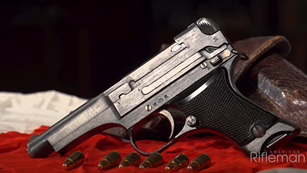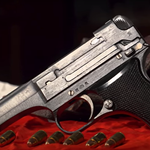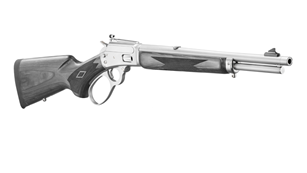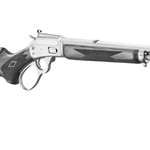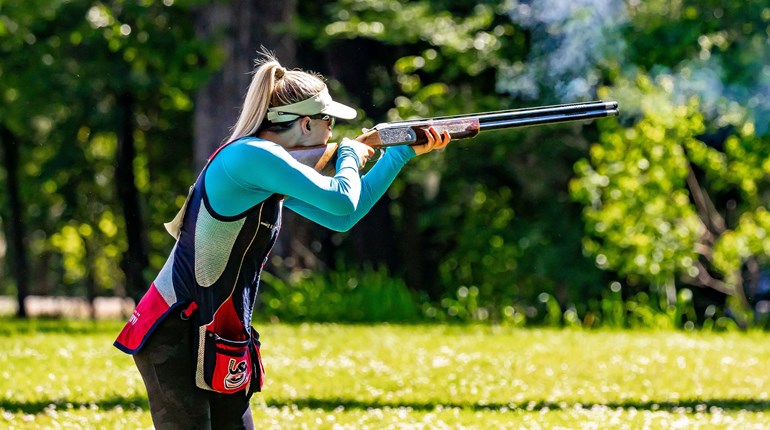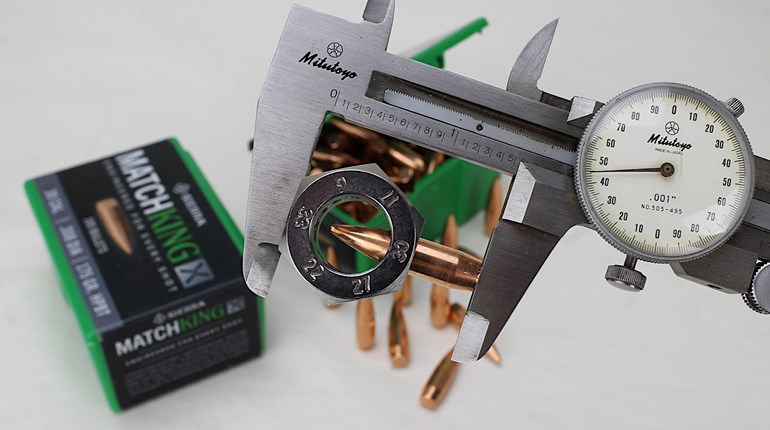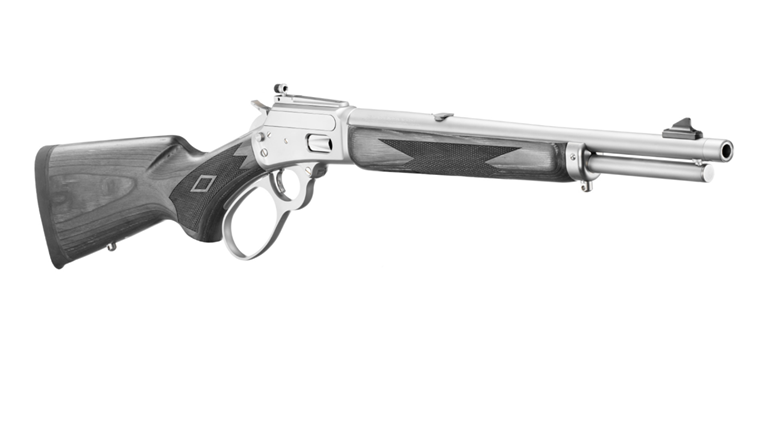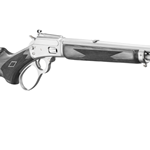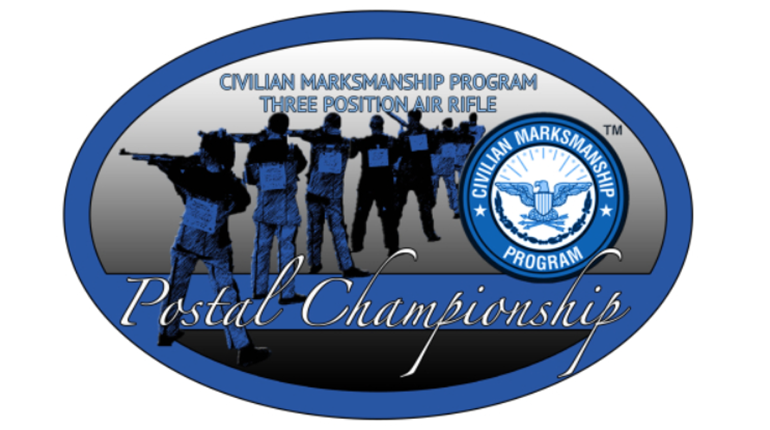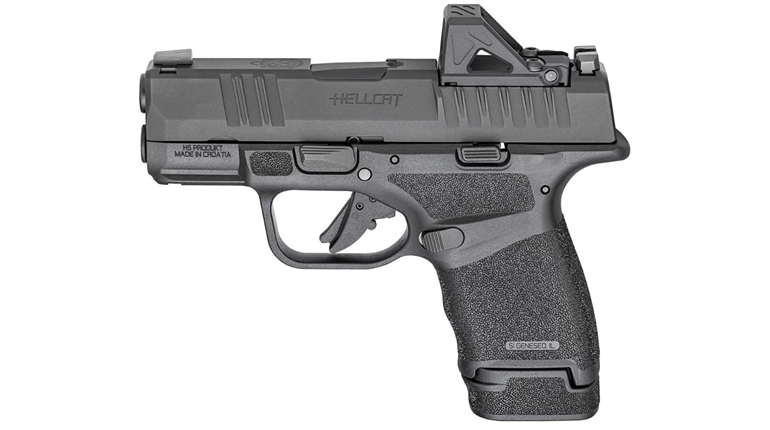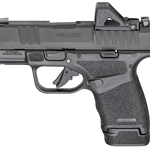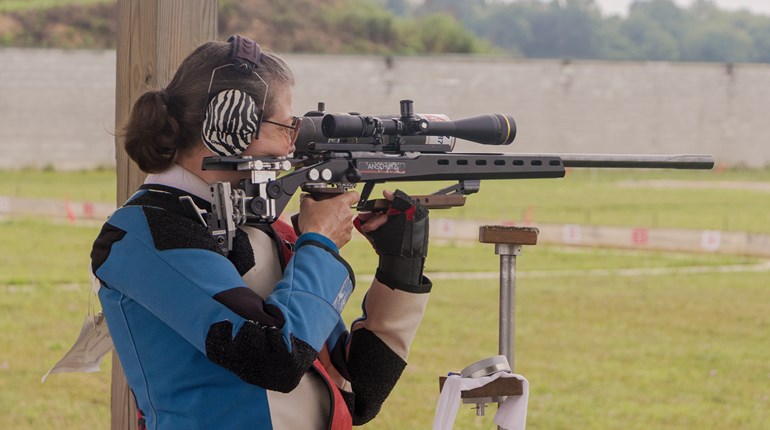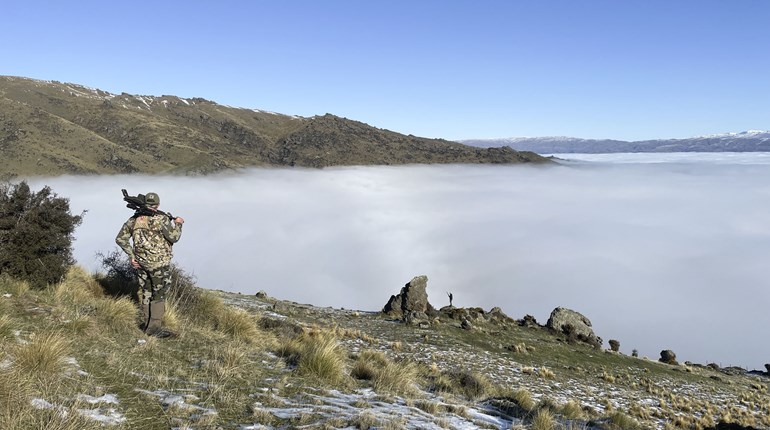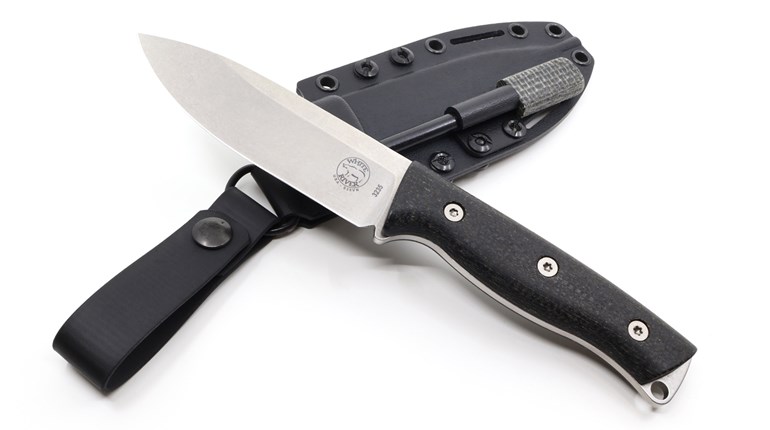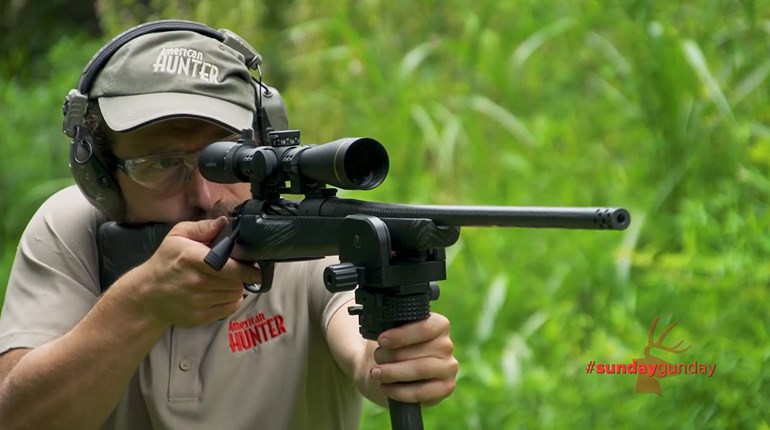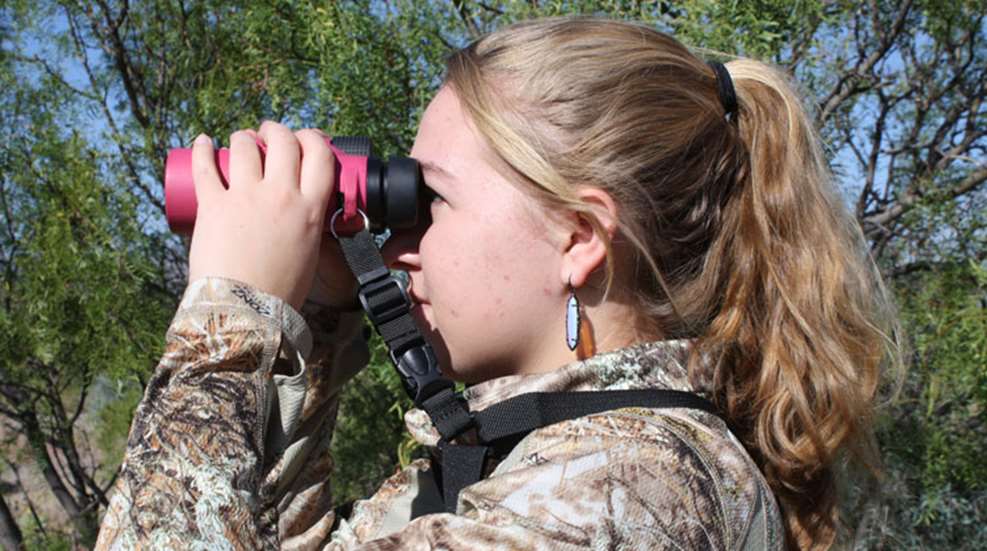
Serious hunters use a binocular when hunting most game. Whether you are hunting mule deer in the sage covered hills, whitetail in the thick mesquite brush, or aoudad in the rugged southwestern mountains, a good set of field glasses, (an old term, I am told, but I like it!) are invaluable in most situations. I would suggest that a quality binocular is one of the most important investments we can make as a hunter. If you are on a tight budget, this is one area where you do not want to cut corners. Get the best you can afford. In order to use these important tools, a hunter must have them readily available, and in most cases, that means on one's person. There are a variety of ways to carry a binocular; let’s take a look at four of the most common.
1. Harness Carry Method (above)
Several manufacturers provide the elastic harnesses that have become largely popular over the past several years. These devices go around each shoulder and hold the binocular snugly against the hunter's chest. Extending the binocular for viewing stretches the elastic straps from the wearer's back to the hands and aids the hunter in steadying the binocular while in use. Some styles even come with full-encompassing pouches that keep the binocular free from dust and the elements. The downside to theses harnesses becomes evident when a hunter needs to get prone or has a heavy binocular that causes fatigue from the harness pulling on the hunter's shoulder muscles. Some models have large support pieces on the back portion that should aid in distributing the weight of the binocular. I have found with some harness systems that large binoculars can swing back and forth from momentum while walking. This is not a problem with more compact models.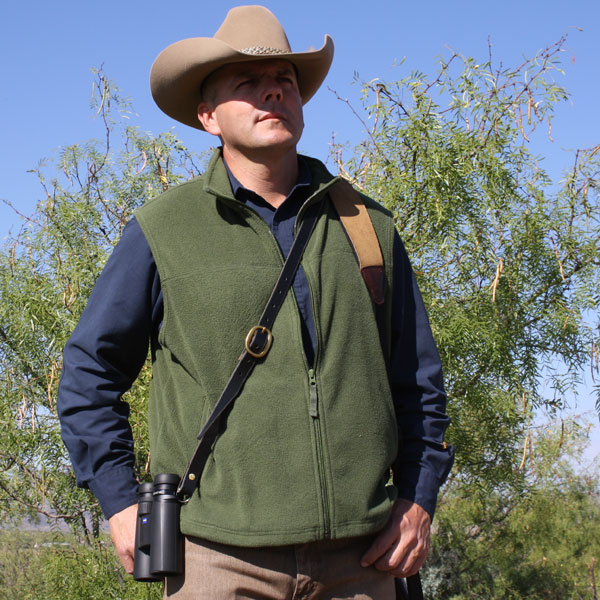
2. Safari Carry Method
The safari carry method is nothing more than carrying the binocular with the strap over one shoulder, allowing the binocular to hang on the opposite side at or slightly above the waist. This can be done with the strap that comes with the binocular, provided it is long enough, or an aftermarket strap. I prefer leather. For the do-it-yourselfer, a safari strap could easily be made by shortening a bridle rein. I had mine made by a friend who does leather work and it is similar to the 'suicide strap' that was common on police officer's gun belts fifty years ago. I place the strap over my strong side/gun side shoulder. This is a comfortable carry option, especially if one has a heavy binocular. The safari carry also allows for the binocular to be placed behind the hip if necessary while moving through thick brush, or easily removed when crawling on the ground or placed on the lower back when lying prone.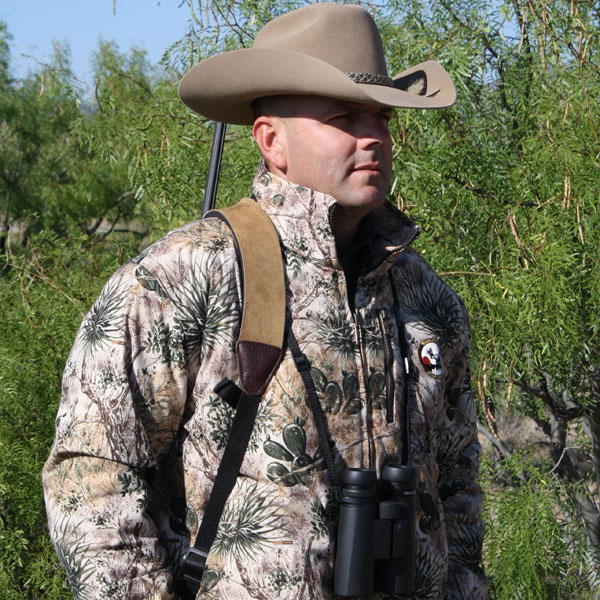
3. Traditional Carry Method
This is nothing more than wearing the binocular around the neck. I find this quite sufficient then I am wearing a heavy vest or coat, provided the binocular is not too bulky. However, I do not care for this carry method in warmer weather when an outer garment is out of the question due to the weight of the binocular around my neck. The coat and vest seem to dissipate and distribute the weight and the field glasses can be placed inside of them when crawling or climbing; this also helps keep dust off the lenses and keeps them dry on foggy mornings.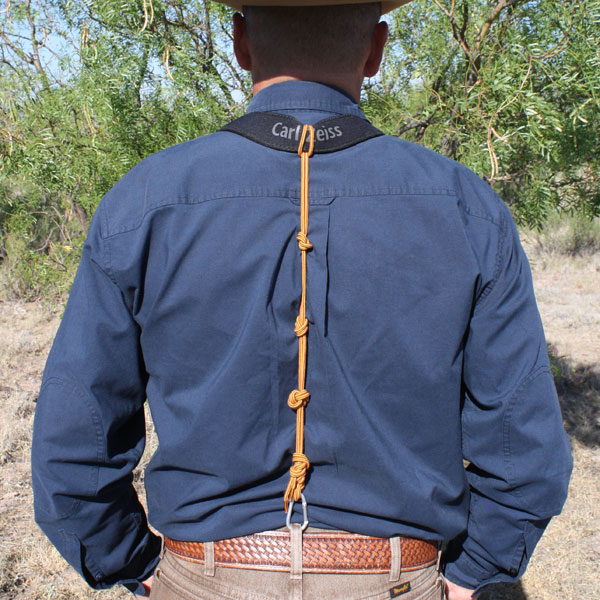
4. Pirtle Carry Method
The Pirtle Carry Method is one I named after legendary Border Patrolman Charlie Pirtle. Charlie was a man's man and a great outdoorsman. His carry method was a modification of the previously mentioned traditional method with the addition of a string and clip tied to the center of the neck strap. The string length is just long enough to pull tension on the neck strap, lessening the amount of weight felt around the hunter's neck. The clip, tied at the end, is fastened to the rear-center belt loop on the hunter's jeans. This is another good option for carrying a heavy binocular. A boot lace or two can be used for the string providing the hunter with a spare in case one breaks on a hunting boot while in the field. Para cord is another excellent option that offers a multitude of uses. Small D-ring clips or bridle clips are cheap and readily available to fasten the string to a belt loop.
These binocular carry methods are all effective and can readily be interchanged depending on the hunting situation. The main thing is to pick one that is comfortable and test it before going to the field. Strap on your binocular and go for a walk around your local track or neighborhood. It is far better to discover after a mile on the city park's walking trail that your field glasses feel like a brick around your neck than to figure it out when you are 30 minutes into a seven-day plains game hunt in Africa! I bet after a bit of experimenting you will find that one of these carry options fit your needs and is comfortable for a long day in the field.

